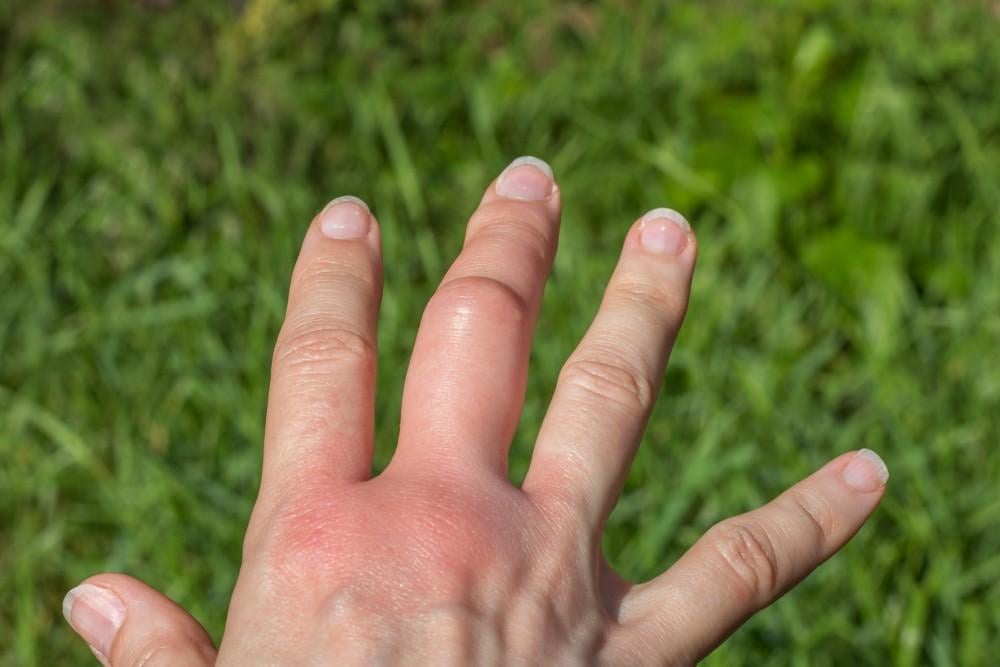If you’ve recently been in a car accident, chances are you were too shocked to register whether you felt any pain from whiplash.
It’s not uncommon for car crash victims to have other things on their minds directly following a collision–exchanging insurance details, checking out the damage, and arranging for your vehicle to be towed are just a few.
It’s only later that you start to experience the side-effects of car accident whiplash and you might not even be able to identify them then.
So what is whiplash and how do you know if you have it?
What Is Car Accident Whiplash?
Whiplash is the name given to damage caused to the soft tissue of the neck through forced movement. This sudden and often violent movement tears fibers in your muscles and tendons and can even cause broken bones.
Whiplash doesn’t always occur via car traffic accidents but this is one of the most common ways to get a whiplash injury.
Read this quick guide and find out the 5 most common car accident whiplash injuries and how to identify them.
1. Lower Back Pain
Lower back pain is often overlooked as being part of a car accident whiplash injury, which is why it’s important for you to be aware of it directly following an accident.
After you’ve been checked out by a registered chiropractor and cleared of any serious damage, you may want to try relieving the pain with some simple stretches for your lower back.
2. Abdominal Swelling
If you have any abdominal pain or swelling after a road traffic accident, it may be an indication that you have internal bleeding.
Other symptoms of internal bleeding include large areas of bruising, dizziness and fainting, so if you’re suffering from these, seek immediate medical advice.
3. Headaches
Headaches can be caused by a lot of things, one of which is a sudden and severe contact with the inside of your skull. Having been shaken violently like this, the brain swells slightly, giving you a sore head.
As with all head injuries, be sure to get it checked out if it worsens or persists for more than a day–it could be something more serious!
4. Blurry vision
Blurry vision from car accident whiplash can be caused by damage to the brain (see headaches above). It’s likely that the two will go hand in hand, and are the direct result of the head being exposed to a sudden and forceful momentum.
5. Emotional difficulty
Being involved in an accident is a stressful and frightening thing, so it isn’t uncommon for victims to experience post-traumatic stress disorder following a collision.
Symptoms of this can include nightmares, flashbacks, lack of concentration and becoming easily upset or angry.
Top tip: You might be tempted to put heat on your sore neck, but try proper hydration instead. The disks of your spine contain water, so help plump them back up with a glass of water or two.
If you have one of more of these car whiplash symptoms after your collision, try to get medical attention as soon as possible.
If you’ve been cleared of anything serious and your doctor says it’s fine, try some of these light stretches to help relieve the pain.




